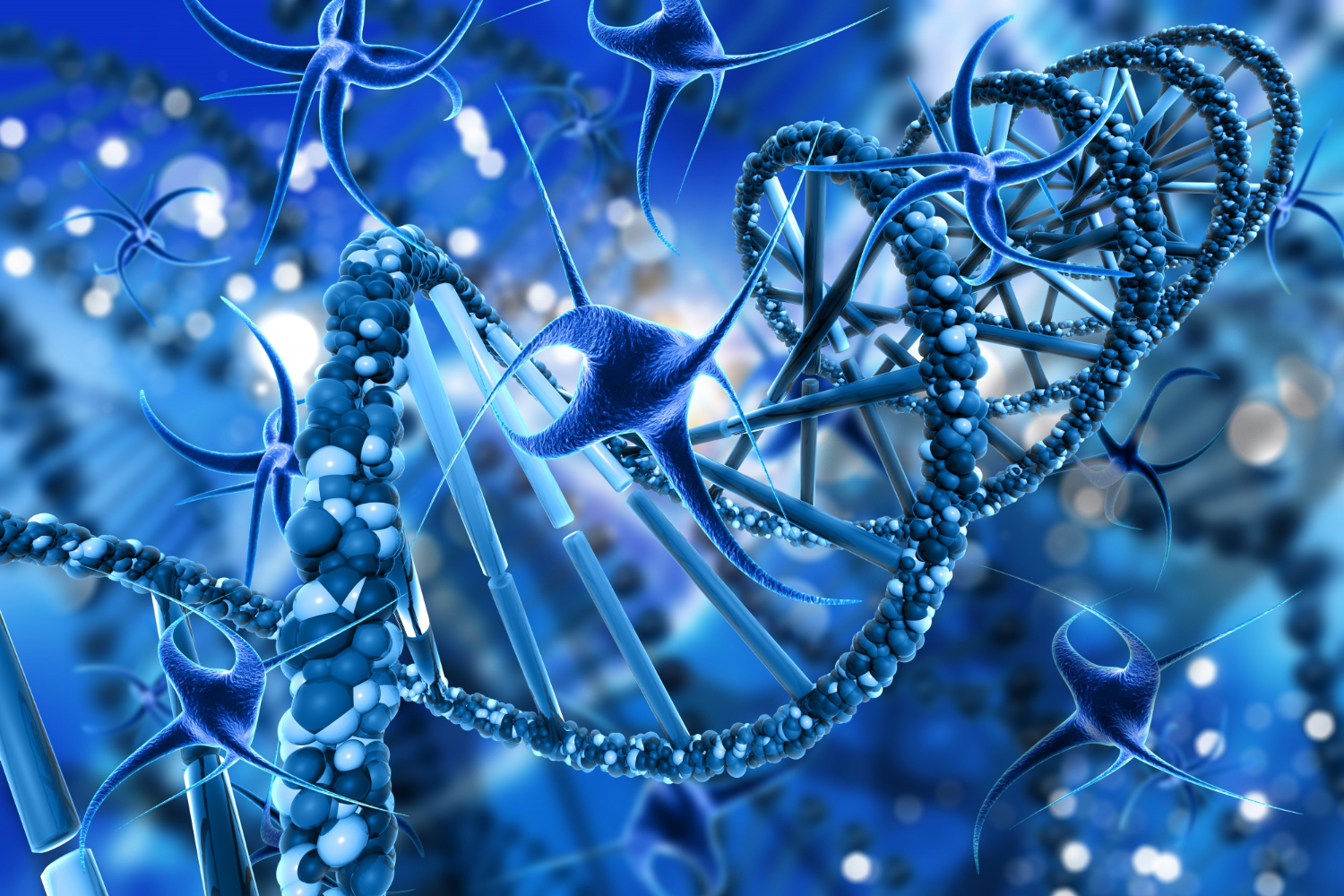How Amniotic Tissue Grafts Support Tissue Growth

Strong 8k brings an ultra-HD IPTV experience to your living room and your pocket.
Recent advances in regenerative therapy have revolutionized how healthcare providers approach wound healing and tissue repair. Among these innovations, amniotic tissue has emerged as a powerful biological resource with remarkable healing properties. The placenta and amniotic membranes, typically discarded after childbirth, contain a rich combination of growth factors, cytokines, and extracellular matrix components that can significantly accelerate tissue regeneration.
Several amniotic tissue companies have developed specialized processing techniques to preserve these valuable biological materials for clinical use. These companies rigorously screen donor tissues and employ proprietary methods to maintain the bioactive components that make amniotic tissue so effective.
The Science Behind Amniotic Tissue Healing
The healing power of amniotic tissue stems from its unique biological composition. During fetal development, the amniotic membrane serves as a protective barrier with inherent anti-inflammatory, anti-scarring, and anti-microbial properties. When processed and applied to wounds or damaged tissues, these membranes provide:
Growth factors and cytokines that stimulate cell proliferation and migration
Anti-inflammatory properties that reduce pain and swelling
Extracellular matrix proteins that create a scaffold for new tissue development
Hyaluronic acid maintains hydration and facilitates cell movement
These components work synergistically to create an optimal environment for tissue regeneration while minimizing scar formation and infection risk.
Clinical Applications of Amniotic Tissue
The versatility of amniotic tissues allows for application across numerous medical specialties. Researchers have documented significant benefits in multiple fields, demonstrating the broad therapeutic potential of these biological materials.
Wound Care
For patients with chronic non-healing wounds, diabetic ulcers, or pressure sores, amniotic membranes can significantly accelerate closure by promoting epithelialization and granulation tissue formation.
Clinical studies have shown that treatment with amniotic membrane products can reduce healing time by up to 50% compared to standard care in certain wound types. The natural anti-inflammatory properties also help manage pain during healing, improving patient comfort and compliance with treatment protocols.
Orthopedics
Orthopedic surgeons utilize amniotic tissues to enhance healing in tendon repairs, joint surgeries, and sports medicine procedures. These materials provide not only structural support but also deliver concentrated growth factors directly to the injury site.
Recent research indicates that amniotic-derived products may reduce recovery time following rotator cuff repairs and improve outcomes in patients undergoing treatment for tennis elbow and plantar fasciitis. The growth factors present help stimulate native stem cells and promote tissue regeneration within damaged areas.
Ophthalmology
In eye surgery, amniotic membranes have long been used to treat corneal defects, chemical burns, and persistent epithelial defects. The transparent nature of these membranes, combined with their healing properties, makes them ideal for ocular surface reconstruction.
Ophthalmologists have reported success rates exceeding 80% when using amniotic membrane transplantation for corneal ulcers that failed to respond to conventional treatments. Additionally, these membranes help reduce inflammation and scarring, which is particularly valuable in preserving vision and eye function.
Spine and Neurosurgery
An amniotic tissue graft can serve as a protective barrier around nerve structures during spinal procedures, potentially reducing post-operative adhesions and inflammation. Neurosurgeons have begun incorporating these materials in procedures involving peripheral nerve repairs and spinal cord injuries. The anti-inflammatory effects may also contribute to pain reduction following surgery, potentially decreasing the need for post-operative pain medications.
Patient Benefits and Outcomes
Clinical data suggest that patients receiving amniotic tissue treatments typically experience multiple advantages over traditional approaches. These benefits include reduced healing time compared to conventional treatments, decreased pain during the recovery process, lower infection rates, minimal scarring with improved cosmetic outcomes, and reduced need for frequent dressing changes or interventions.
Healthcare economists have noted that these improved outcomes translate to substantial cost savings within the healthcare system. By accelerating healing and reducing complications, amniotic tissue therapies can decrease hospitalization time, minimize readmission rates, and reduce the overall cost burden associated with chronic wounds and complex surgical recoveries.
The Future of Regenerative Medicine with Amniotic Tissues
Scientists continue to explore new applications for amniotic tissues in regenerative medicine. Current research initiatives include combining amniotic materials with stem cell therapies for enhanced tissue regeneration, developing injectable formulations for minimally invasive treatments, creating specialized matrices designed for specific tissue types, and engineering enhanced preservation methods to maintain growth factor activity during storage and transportation.
Biotechnology companies have also begun investigating the potential for amniotic-derived exosomes and microvesicles as targeted therapeutic agents. These cellular components contain concentrated growth factors and genetic material that may provide similar benefits to complete tissues while allowing for more precise delivery methods.
Conclusion
Amniotic tissue offers natural healing support with minimal risks. As healthcare providers continue seeking practical solutions for complex wound healing and tissue repair challenges, amniotic tissue grafts will likely play an increasingly important role in treatment protocols.
Companies like Life Biologics are contributing to this field by providing clinicians with carefully processed amniotic tissue products that maintain the natural healing properties of these remarkable tissues. For patients facing difficult-to-treat conditions, the availability of these advanced biological therapies offers new hope and improved outcomes in their healing journey.
Note: IndiBlogHub features both user-submitted and editorial content. We do not verify third-party contributions. Read our Disclaimer and Privacy Policyfor details.







